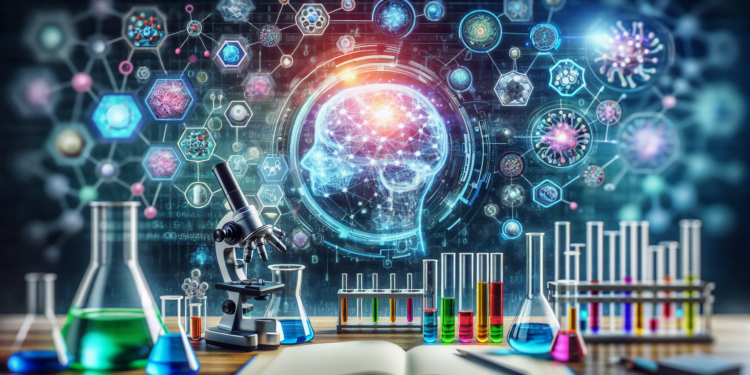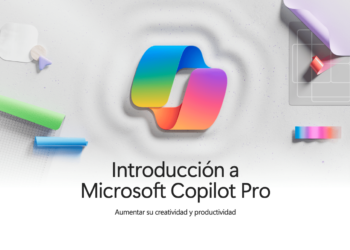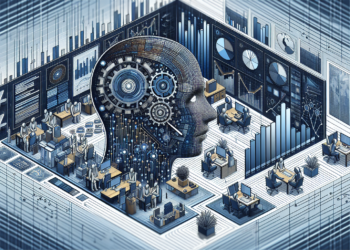In the realm of material science, the foray of artificial intelligence (AI) is marking a new era in the exploration, prediction, and simulation of material properties. A notable example is Google DeepMind’s GNoME project, which highlights the significant progress in this field.
Theoretical Fundamentals of GNoME
At the heart of GNoME lies the graph neural networks (GNNs), a type of AI model that processes structured data as graphs. These networks, unlike conventional neural networks, effectively handle complex relationships—a key ability for representing links between atoms and molecules in materials. This skill is crucial for capturing the variability and the structure of chemical compounds, allowing GNoME to explore new crystalline structures with exceptional fidelity.
Implementation and Applications of GNoME
GNoME draws on extensive experimental data and computational simulations, including molecular geometries and physicochemical properties. By utilizing advanced deep learning techniques, the project not only predicts properties of unsynthesized materials but also accelerates the search for new compounds with specific applications. These advancements promise to revolutionize fields such as electronics, energy, and material chemistry.
Innovations and Differences from Previous Methods
GNoME stands out for its ability to assimilate underlying patterns in quantum mechanics and statistical physics, surpassing traditional simulation methods. The precision of GNoME goes beyond replicating existing knowledge and extends to the prediction of yet unobserved phenomena and properties, overcoming the limitations of previous approaches in the field.
Challenges and Future of GNoME
One of the challenges for GNoME is managing the uncertainty in AI predictions. The integration of methodologies to estimate the reliability of predicted outcomes will be crucial for the practical use of GNoME. Furthermore, it’s anticipated that these networks will expand to address problems beyond condensed matter, such as drug design and the exploration of new states of matter.
Impact and Validation of GNoME
The project has discovered 2.2 million new crystals, including 380,000 stable materials, an achievement equivalent to nearly 800 years of knowledge in material science. These findings are fundamental to the future development of technologies such as superconductors and next-generation batteries. Additionally, GNoME’s precision has been validated by external researchers, who have synthesized 736 of the discovered materials in labs, demonstrating the viability of the model’s predictions.






















